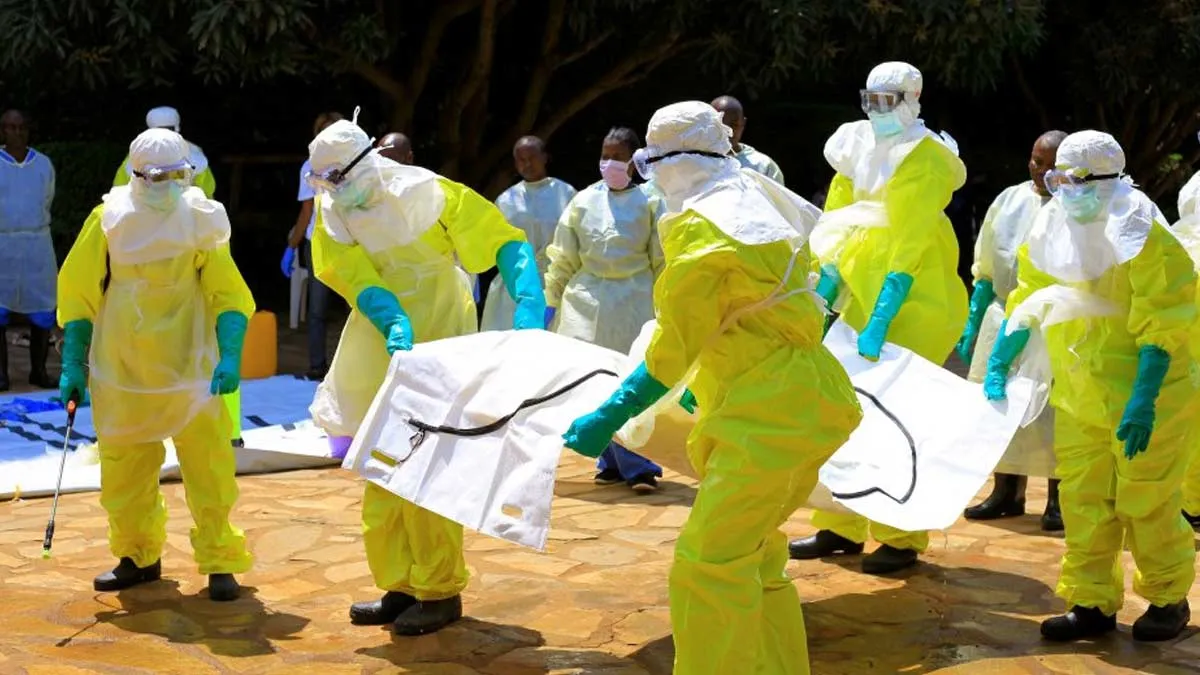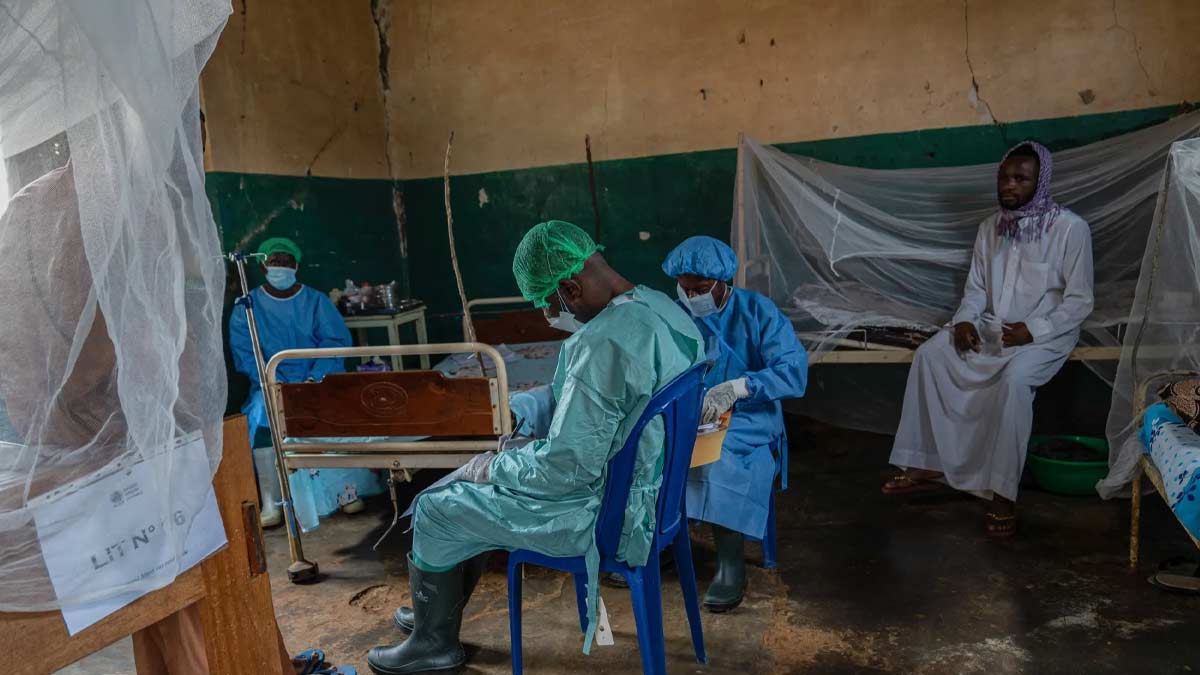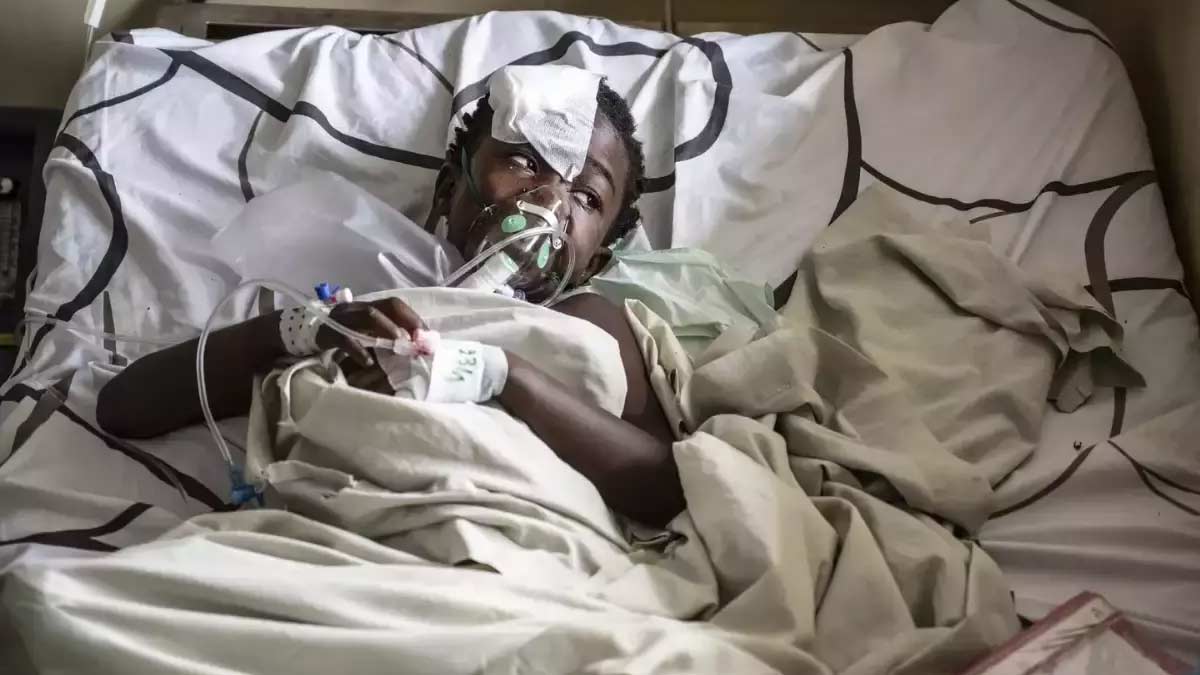
A devastating and unexplained illness is sweeping across the Democratic Republic of the Congo (DRC), leaving medical professionals in a race against time. Since January 21, the outbreak has affected more than 400 individuals, resulting in 53 fatalities. The World Health Organization (WHO) has labeled the situation a "significant public health threat," emphasizing the urgency of containment measures.
Table of Content:-
A Disease of Unknown Origin Spreads Fast
The outbreak initially surfaced in the northwestern province of Equateur, particularly in Boloko village. Health officials suspect that the disease might have been triggered by the consumption of bat meat, drawing parallels to past outbreaks like Ebola. However, the infection has since reached Bomate, a village located over 120 miles away, raising concerns about its swift and alarming transmission.

Despite extensive testing, scientists have ruled out known deadly pathogens such as Ebola and Marburg virus. The rapid progression of the disease and the high fatality rate have amplified concerns, with nearly half of the deaths occurring within 48 hours of symptom onset. Health authorities continue to explore possible causes, including malaria, typhoid fever, and meningitis.
Symptoms and Characteristics of the ‘Crying’ Disease
Individuals affected by this mysterious illness present with a range of debilitating symptoms, including:
- High fever
- Intense vomiting
- Severe diarrhea
- Muscle and joint pain
- Persistent headaches
- Extreme fatigue

At first, medical experts suspected a form of hemorrhagic fever, but laboratory results disproved this theory. With no definitive diagnosis yet, researchers are racing to determine the root cause before the outbreak spirals further.
Potential Causes Behind the Outbreak
Some experts attribute the outbreak to wildlife consumption and Congo’s vast rainforests, which serve as breeding grounds for numerous deadly pathogens. Gabriel Nsakala, a public health professor at Congo’s National Pedagogical University, notes that dense forest environments often harbor zoonotic diseases—infections that transfer from animals to humans.
Also Read: Listeria Outbreak In US Due To Frozen Shakes, Report On Death Toll And Hospitalisation
"As long as these forests remain untouched, there will always be new epidemics caused by mutating viruses," Nsakala explained. His statement aligns with previous outbreaks where human interaction with wildlife played a significant role in disease emergence.
WHO’s Efforts to Contain the Crisis
Global health organizations, including WHO, are collaborating with local agencies to investigate and manage the outbreak. Over recent months, scattered reports of similar cases in different regions have fueled fears of a larger health crisis.

Recent figures indicate:
- The Basankusu health zone recorded 141 new cases last week, though no additional fatalities were reported.
- In February, 158 cases and 58 deaths were documented in the same region.
- The Bolamba health zone reported 12 cases and 8 deaths in January.
Also Read: Deadly Soil Bacteria Claims 14 Lives In Australia After Queensland Floods
A team of health experts arrived in affected areas on February 14 to assess the situation, initiate surveillance programs, and provide medical aid. However, their efforts are hindered by logistical challenges, including the villages' remote locations and the fragile healthcare infrastructure.
A Race Against Time
To pinpoint the illness, WHO scientists have launched metagenomic sequencing, a sophisticated method that examines genetic material to detect unknown pathogens. In parallel, experts are considering other possible triggers, such as waterborne or foodborne contamination. Until a definitive diagnosis is established, health officials stress the need for rapid intervention to prevent further fatalities.
Bottomline
The DRC has a history of battling severe health emergencies, from Ebola outbreaks to emerging viral infections. The country’s weak healthcare system further exacerbates its vulnerability to new disease threats. In light of the current crisis, medical authorities are urging affected communities to take precautions, including avoiding the consumption of potentially tainted food and water.
As scientists continue their investigation, the world watches with concern, hoping for a breakthrough before the outbreak escalates beyond control. The urgency to contain this deadly 'crying' disease has never been greater, and the coming weeks will be crucial in determining the next steps in managing this public health emergency.
Also watch this video
How we keep this article up to date:
We work with experts and keep a close eye on the latest in health and wellness. Whenever there is a new research or helpful information, we update our articles with accurate and useful advice.
Current Version